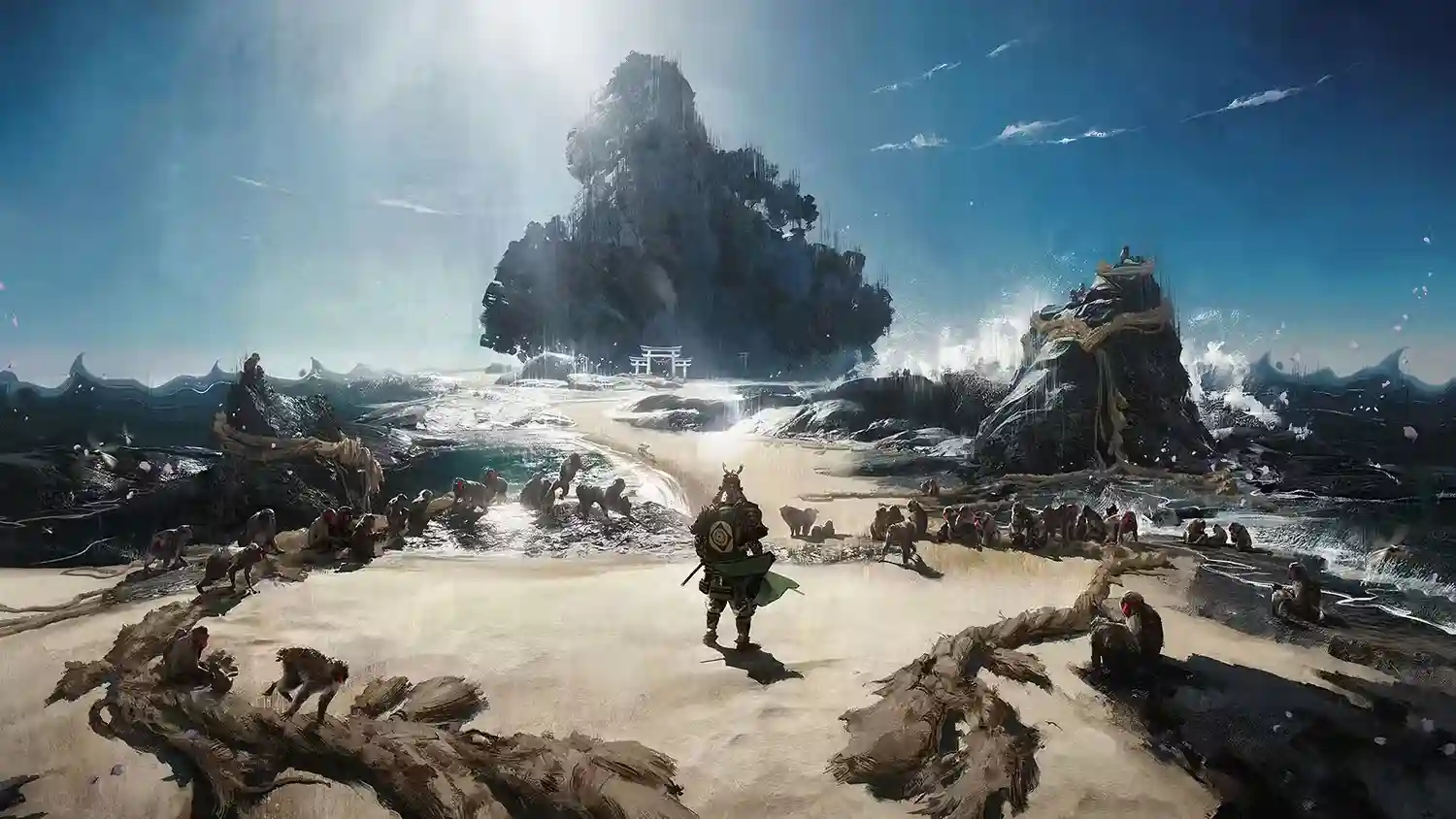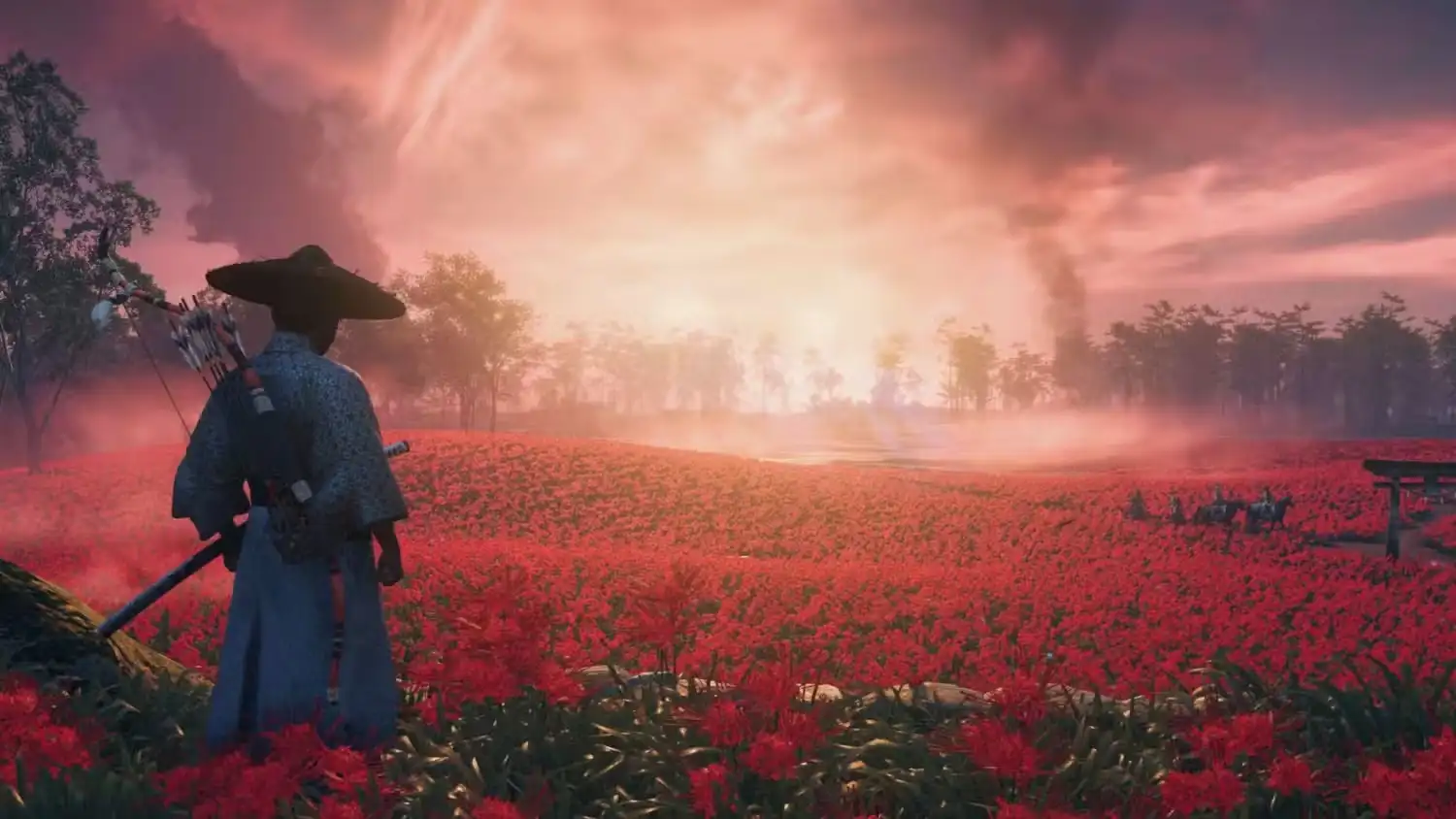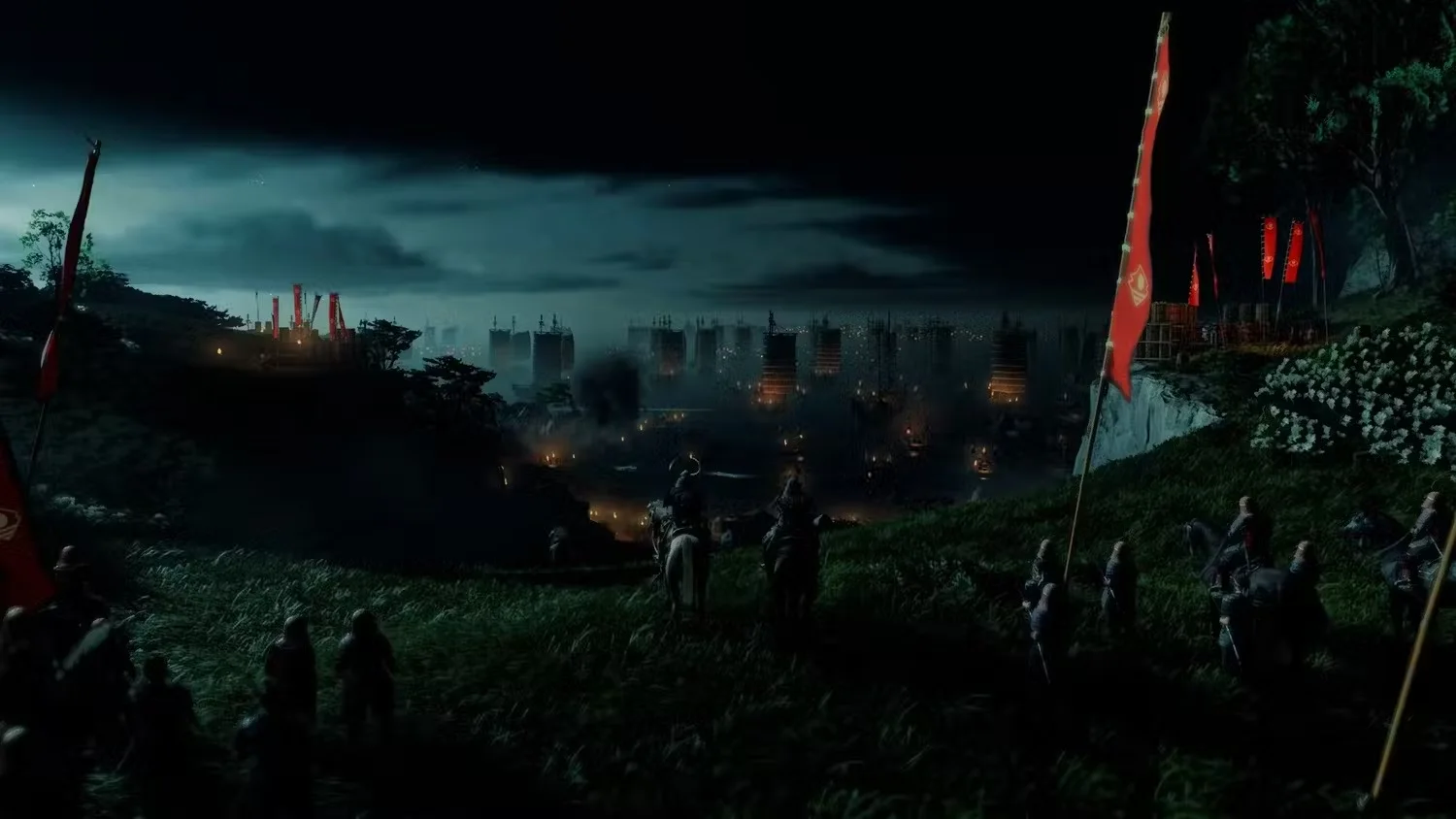Exploring the Unwritten Rules of Ghost of Tsushima
2024-10-08 14:48:16Source:JuxiaAuthor:Juxia
Ghost of Tsushima has captivated players since its release, and the excitement has only grown with the recent launch of the Director’s Cut on PC. This unique game offers thrilling combat, rewarding exploration, and a breathtaking open world that invites players to immerse themselves fully.

Before newcomers embark on their journey through the expansive realm of Ghost of Tsushima, it’s essential to familiarize themselves with several unwritten rules that can significantly enhance their experience. These guidelines focus on exploration and combat, helping players maximize their efficiency as they traverse the game’s stunning landscapes.
Exploration: Unwritten Rules to Enhance Your Journey
The mesmerizing open world of Ghost of Tsushima is a visual treat, making it easy for players to get lost in its beauty. While this can be enjoyable, it may also impede progress. Upon starting a new game, players will notice the map is shrouded in a fog of war, which gradually lifts as they explore.
However, the game doesn’t explicitly inform players that they can clear the entire fog by liberating all the Mongol Camps in a region. By zooming out on the map, players can see the full layout of Tsushima Island and track how many Mongol Camps remain. While exploring the world, players can discover these camps organically, and conversing with specific NPCs can provide helpful map markers indicating their locations.

Navigating Without the Map for a Fresh Experience
Although Ghost of Tsushima is celebrated for its stunning open world, players may find it can become repetitive, especially in the later stages of the game. This often stems from the repeated open-world activities that can start to feel like tedious tasks rather than engaging side missions.
To counter this sense of fatigue, players can adopt a different approach to exploration. The game is filled with auditory and visual cues, similar to those found in The Legend of Zelda: Breath of the Wild and Tears of the Kingdom. In Ghost of Tsushima, players can follow the sounds of birdsong, the sight of smoke rising, or the calls of nearby foxes, which naturally encourage them to venture off the main path. By allowing these cues to guide their exploration instead of relying solely on map icons, players may find that the game retains its excitement and variety, even deep into the third act.

Combat: Unwritten Strategies for Success
Ghost of Tsushima offers players flexibility in combat, allowing them to adopt various styles. However, certain techniques stand out and deserve prioritization. The most crucial skills are found in the “Evolved Tactics” skill trees, particularly the Standoff, Archery, Assassination, and Focused Hearing branches. Unlocking these skills will transform Jin into a versatile warrior, equipping players to tackle combat challenges from multiple angles.

The Importance of Stances in Combat
When engaging in direct confrontations, players should be mindful of the significance of combat stances. Each stance is tailored to counter specific enemy types: the Stone Stance is most effective against Swordsmen, the Water Stance excels against Shieldbearers, the Wind Stance is advantageous against Spearmen, and the Moon Stance works best against Brutes. Players should carefully observe their enemies' appearances and gear, then switch to the appropriate stance before entering combat for maximum effectiveness.
Related Articles
-

Exploring Minecraft's Creaking and Pale Garden in Bedrock Preview and Beta
2024-10-11
-

Juxia Figure Review - Hatsune Miku 100th Adventure Ver Preorder Now!
2025-11-27
-

Juxia Game Review – WoW Midnight Deep Dive: Release Date, Player Housing, and Prey System!
2025-11-27
-

Juxia Anime Review - 'The Demon King’s Daughter Is Too Kind!!' Anime Upcoming Adaptation!
2025-11-27
-

Juxia Anime Review - OSHI NO KO Season 3 Release Date, Trailer, and Story Predictions!
2025-11-26
-

Juxia Game Review - Koei Tecmo’s Atelier Ryza ASMR Hits DLsite!
2025-11-26
-

Juxia Game Review - Elon Musk Just Challenged LoL Pros With Grok 5, and the Internet Is Losing It!
2025-11-26
-

Juxia Game Review - The Ultimate Final Fantasy VII Remake Intergrade Switch 2 & Xbox Breakdown
2025-11-26
-

Juxia Figure Review – 15th Anniversary Junko Enoshima Figure Every Fan Needs!
2025-11-25
-

Juxia Movie Review - The Legend of Zelda Live-Action Movie Coming Soon!
2025-11-18


